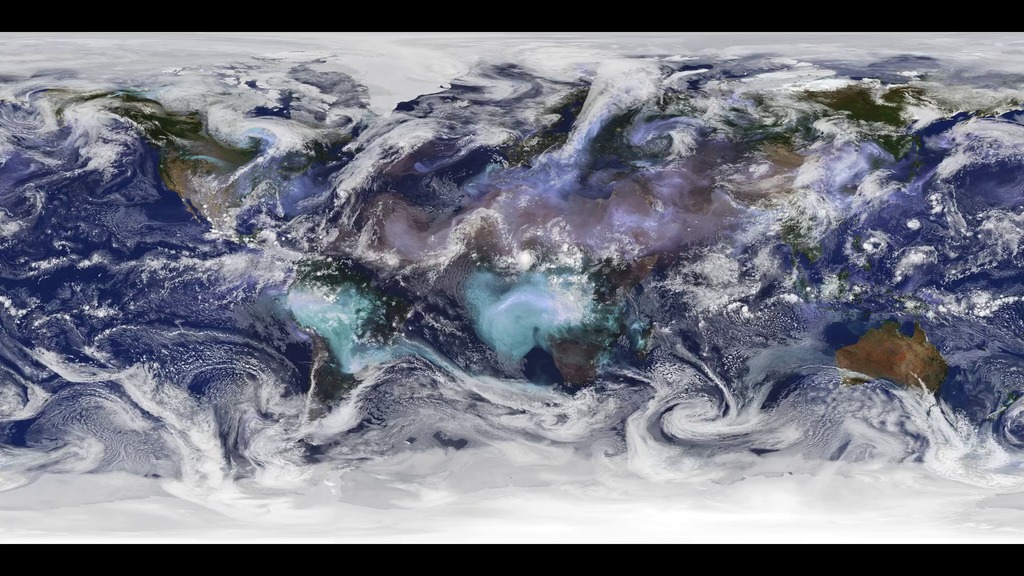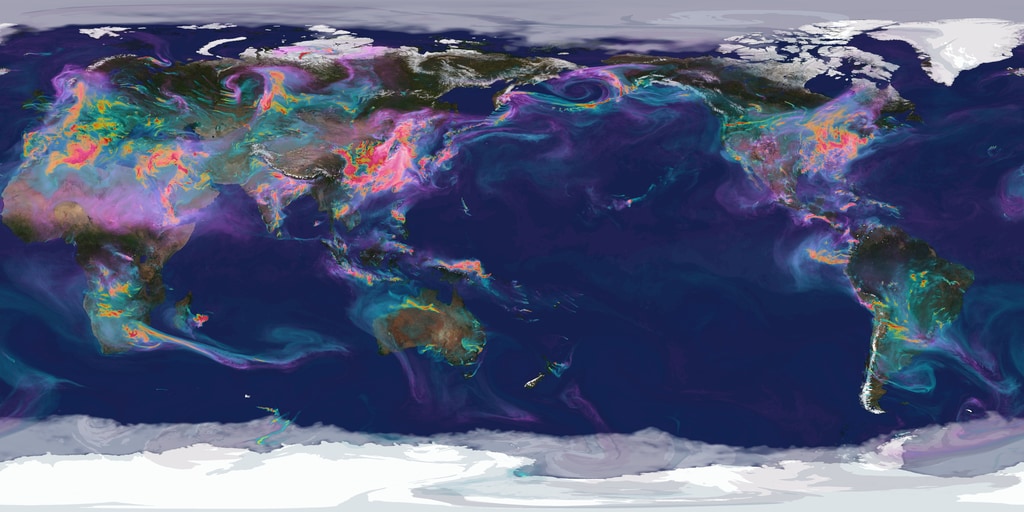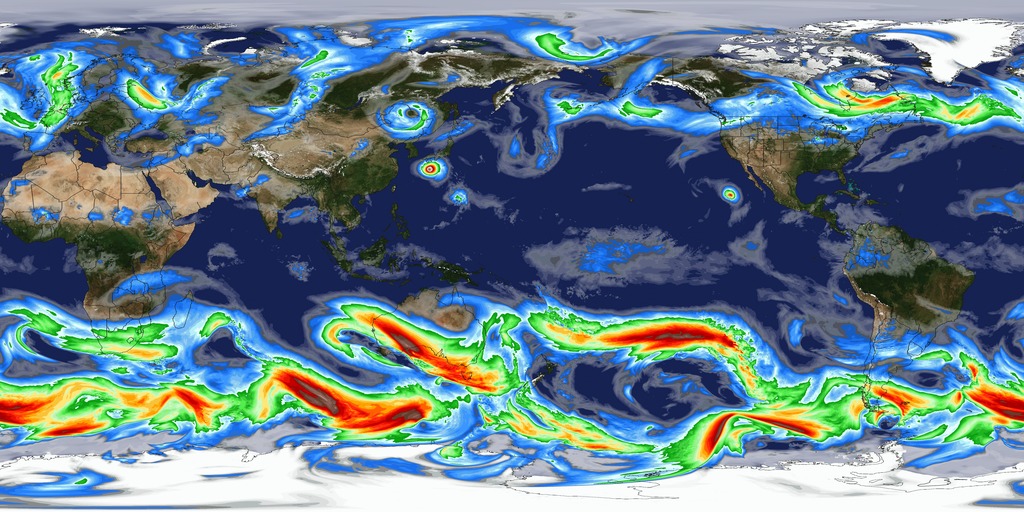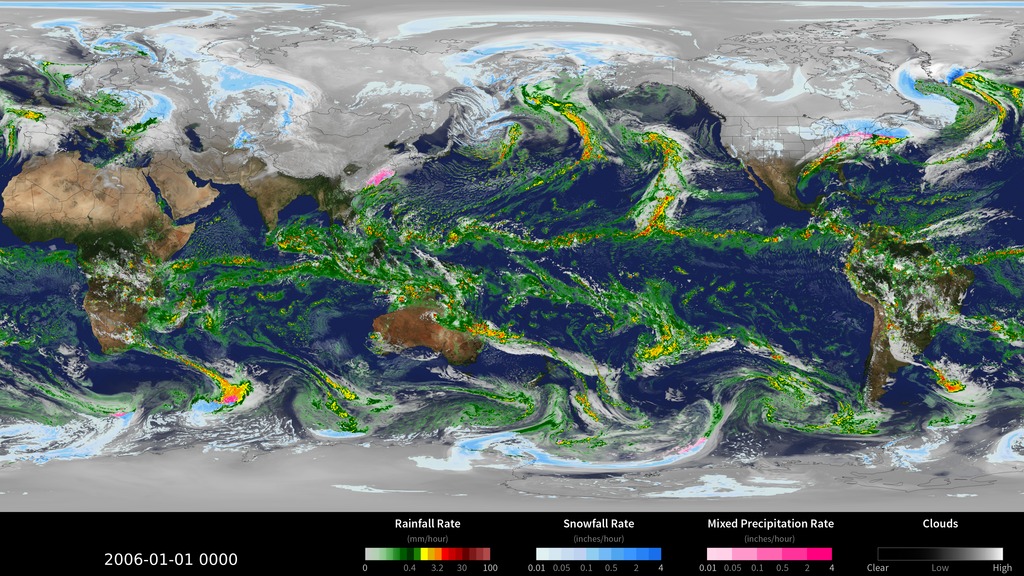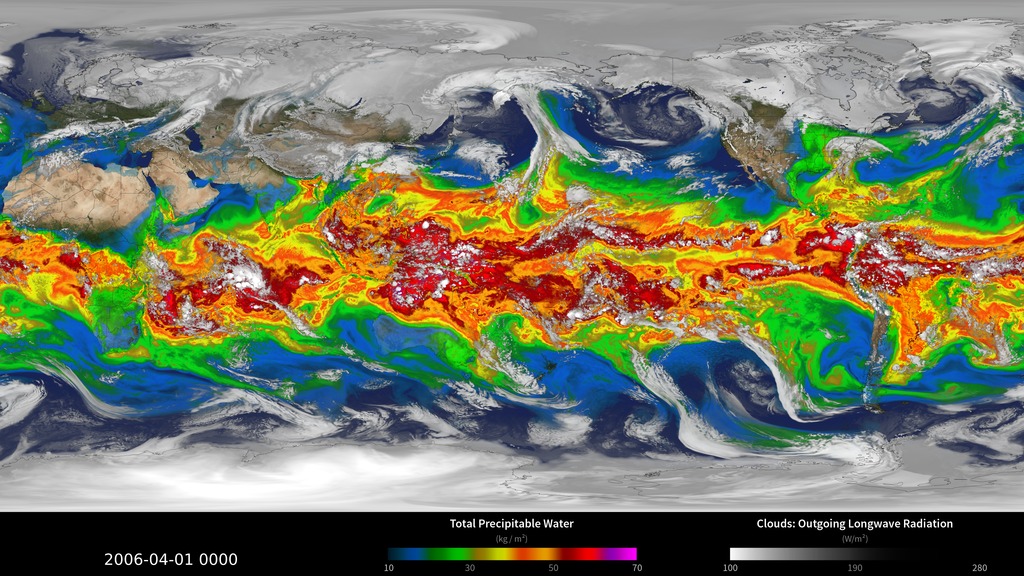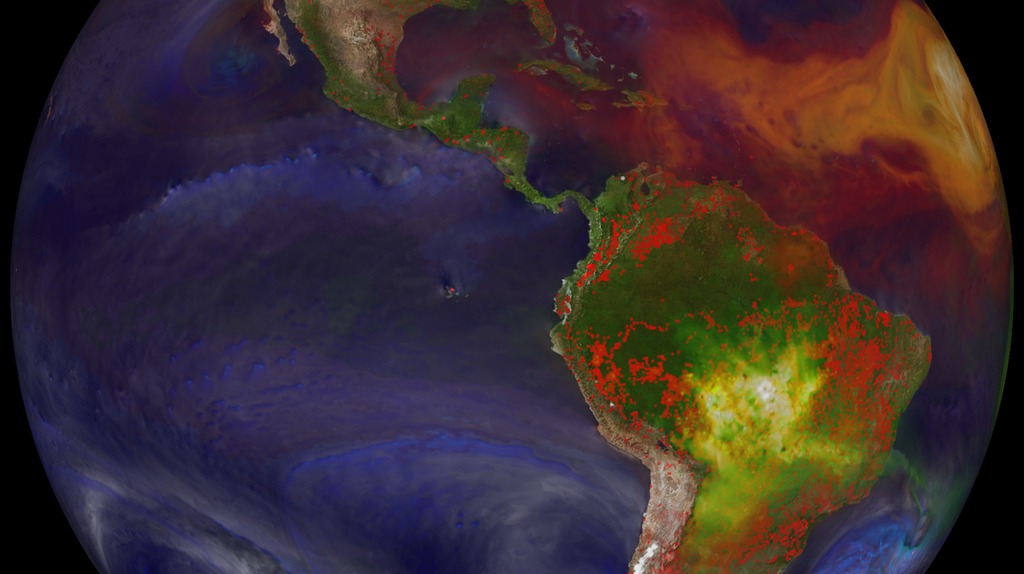GEOS-5 Aerosols Simulation for SC 2014
GEOS-5 aerosols shown at SC 2014.
This animation was shown on the hyperwall at the Supercomputing conference in 2014 (SC 2014). This animation covers the period March 1, 2007 - June 16, 2007.
Credits
Please give credit for this item to:
NASA's Goddard Space Flight Center/Global Modeling and Assimilation Office
-
Animator
- William Putman (NASA/GSFC)
-
Project support
- Eric Sokolowsky (Global Science and Technology, Inc.)
-
Scientist
- William Putman (NASA/GSFC)
Release date
This page was originally published on Wednesday, December 10, 2014.
This page was last updated on Monday, January 6, 2025 at 2:25 AM EST.
